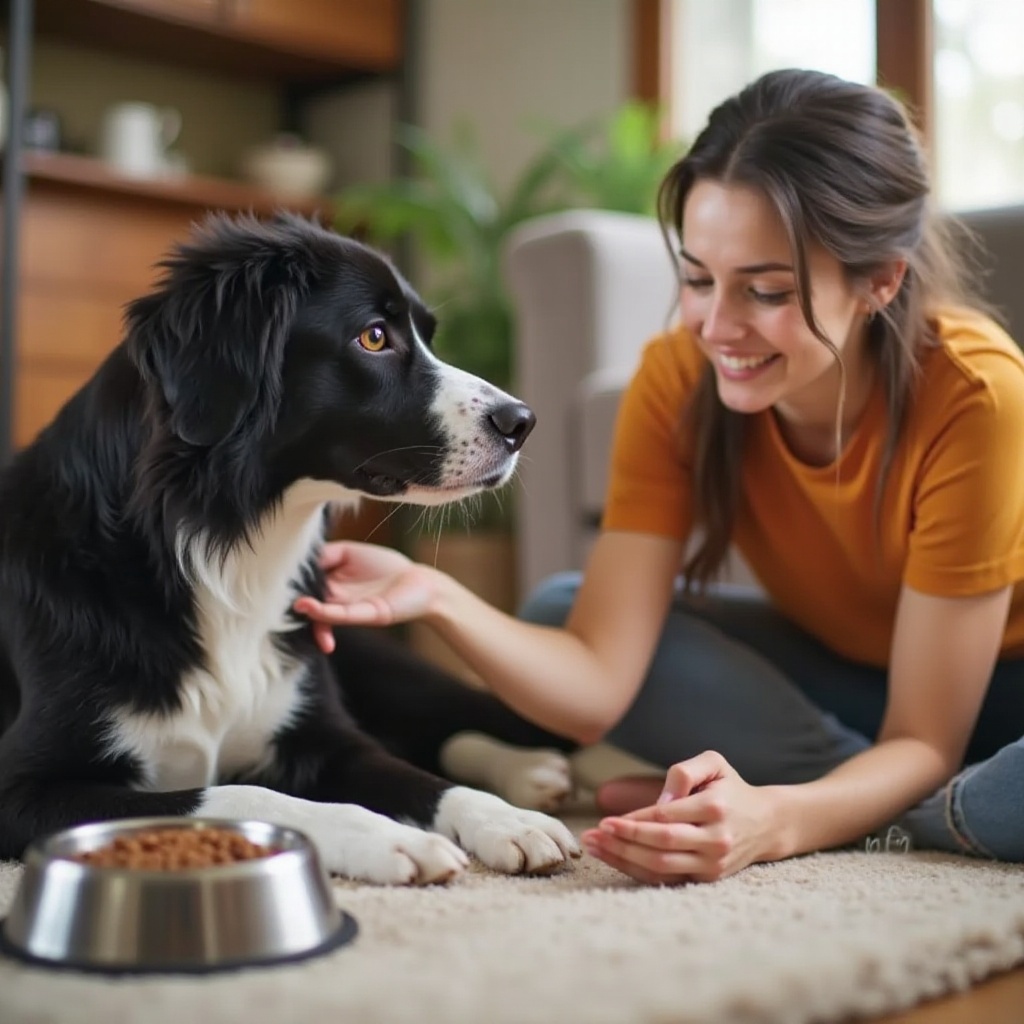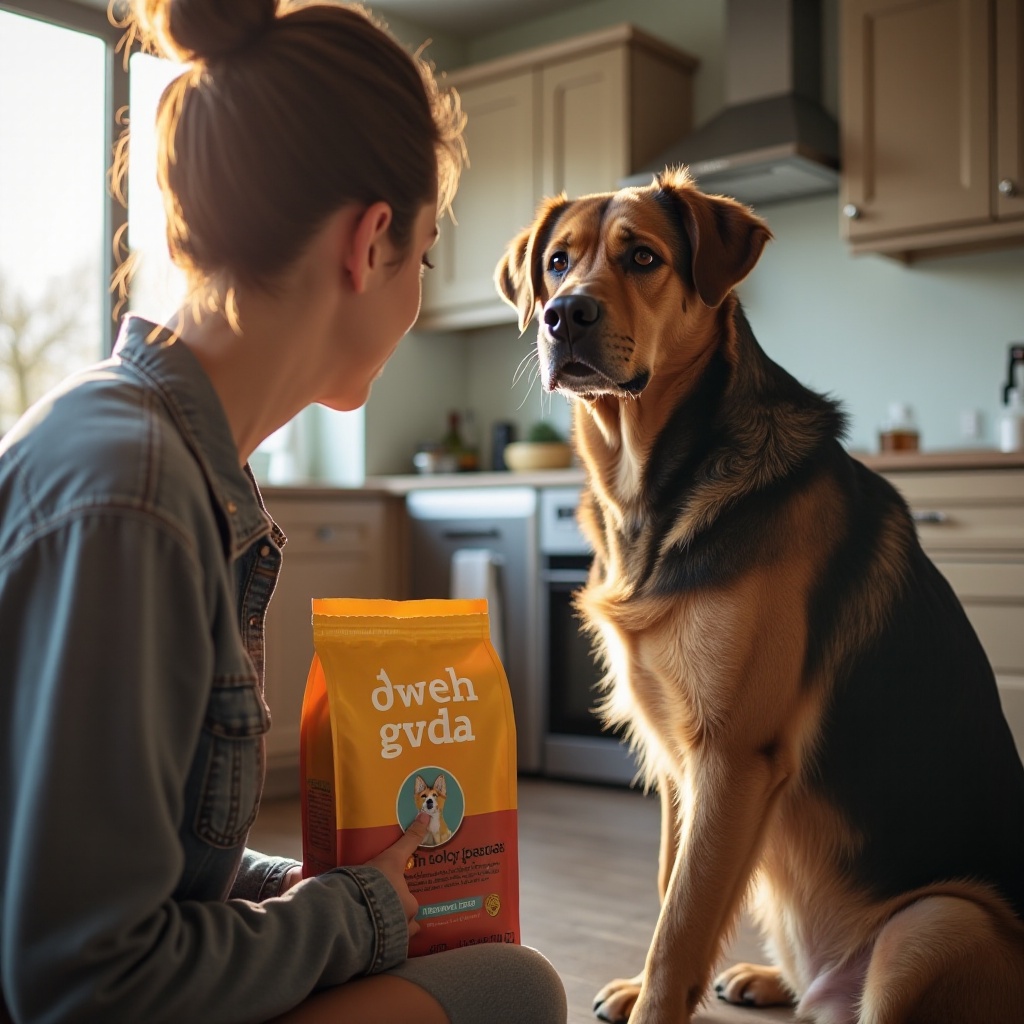Introduction
Switching your dog’s food might seem like a simple change, but it can have significant effects on their digestive system. If you’ve noticed blood in your dog’s stool after changing their diet, it’s a cause for concern and warrants immediate attention. Digestive health in dogs is sensitive to changes, and abrupt dietary transitions can lead to various gastrointestinal issues. Understanding the underlying reasons for this and how to manage your dog’s diet change can help prevent potential health problems. This blog will delve into how altering dog food might result in blood in their stool, and will provide guidance on carrying out the switch safely.

Why Changing Dog Food Can Affect Digestive Health
Dogs have a delicate balance of gut flora that aids digestion and overall health. This balance can easily be disrupted by sudden dietary changes. When introducing a new food suddenly, your dog’s digestive system may respond adversely because their gut bacteria need time to adjust.
Abrupt food changes might lead to several digestive issues such as diarrhea, vomiting, and sometimes, blood in the stool. The ingredients in the new food might be unfamiliar to your dog’s stomach, causing irritation and inflammation. Additionally, sudden changes fail to give the digestive enzymes time to adapt, which is crucial for efficient nutrient absorption.
Understanding these potential disturbances highlights the importance of a gradual transition when introducing new dog food. This approach allows your dog’s digestive system to adjust smoothly and reduces the risk of adverse reactions like blood in the stool.
Blood in Stool: Causes and Concerns
Finding blood in your dog’s stool is alarming and demands immediate attention. There are various reasons this might happen during a diet change. The most common causes include:
- Gastrointestinal irritation: New ingredients can irritate the lining of your dog’s stomach and intestines.
- Food allergies: Certain proteins or grains in the new food might trigger an allergic reaction.
- Parasites or infections: While not directly related to food change, any existing parasitic infections or bacteria could be aggravated by dietary changes.
- Inflammatory bowel disease: A change in diet can trigger or worsen underlying conditions such as IBD.
The presence of blood, whether fresh or dried, in your dog’s stool is a sign that something isn’t right internally. Monitoring their health closely during a diet change is essential to address any problems as quickly as possible.

Transitioning Dog Food Safely
To minimize the risks associated with changing dog food, a gradual transition is essential. Here are the steps to follow:
- Start Slow: Mix a small amount of the new food (about 10-20%) with your dog’s current food.
- Gradual Increase: Over 7-10 days, gradually increase the proportion of the new food while reducing the old food. By the end of this period, your dog should be solely on the new food.
- Monitor: Keep a close watch on your dog’s stool and overall health. If any signs of digestive upset appear, slow down the transition process or consult your veterinarian.
- Hydration: Ensure your dog has plenty of fresh water available to help process the new food and stay hydrated.
A slow and measured approach helps your dog’s digestive system better tolerate the new diet and reduces the risk of complications like blood in the stool.
Other Factors to Consider
While food change is a common cause of digestive issues, other factors could also be at play. Consider these:
- Underlying Health Conditions: Conditions like pancreatitis, colitis, or gastrointestinal tumors might cause blood in the stool regardless of diet change.
- Environmental Stressors: Changes in environment, routine, or stress can impact a dog’s digestive health.
- Medications: Certain medications can irritate the gastrointestinal tract.
- Food Quality: Ensure the new food meets your dog’s nutritional needs without harmful additives.
These factors can exacerbate digestive issues when combined with a diet change. Keeping them in mind ensures a holistic approach to maintaining your dog’s health.
When to Consult a Veterinarian
Seeing blood in your dog’s stool is a clear signal to seek professional advice. Consult your veterinarian if:
- The blood in the stool persists for more than 48 hours.
- Your dog shows signs of severe distress, such as frequent vomiting, lethargy, or loss of appetite.
- You observe other unusual symptoms like weight loss, fever.
- The stool is black and tarry, indicating potential internal bleeding.
A veterinarian can conduct necessary tests to pinpoint the exact cause and recommend appropriate treatments or dietary adjustments.

Conclusion
Changing your dog’s food can be a significant trigger for digestive issues, including blood in the stool. By understanding the reasons behind these problems and adopting a gradual transition strategy, you can safeguard your dog’s digestive health. Always monitor your dog’s health closely and consult a veterinarian at the first sign of trouble.
Frequently Asked Questions
Can changing dog food suddenly cause digestive issues?
Yes, a sudden change in dog food can disrupt the digestive system, leading to issues like diarrhea and blood in the stool.
How long does it take for a dog to adjust to new food?
Typically, it takes about 7-10 days for a dog to fully adjust to new food when transitioned gradually.
What should I do if I see blood in my dog’s stool?
Consult a veterinarian immediately if you notice blood in your dog’s stool. This could indicate a serious underlying issue.
